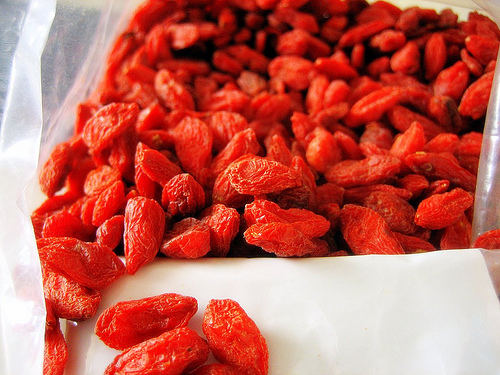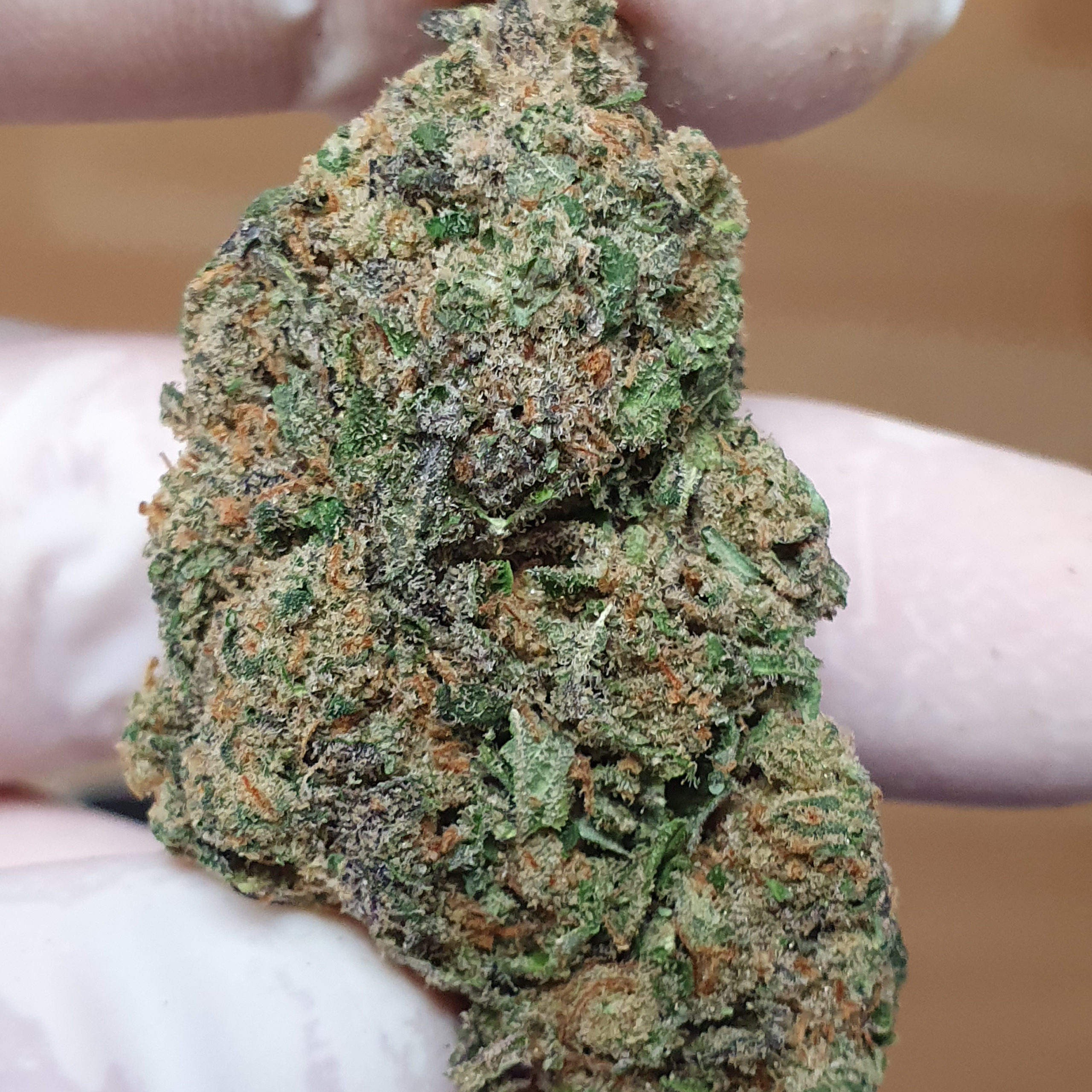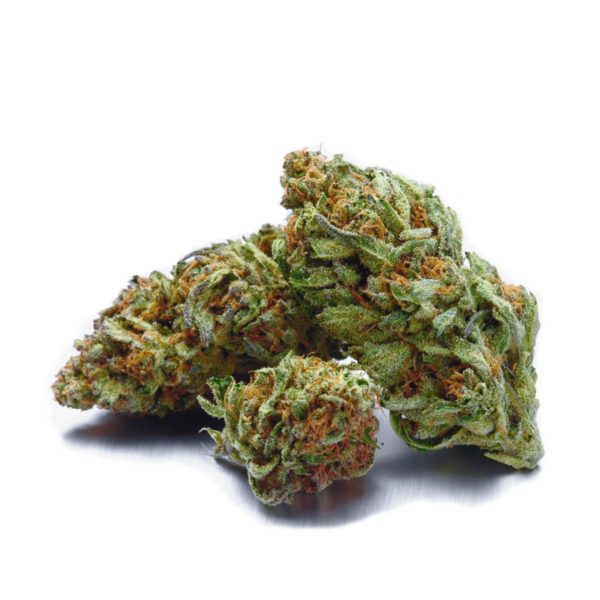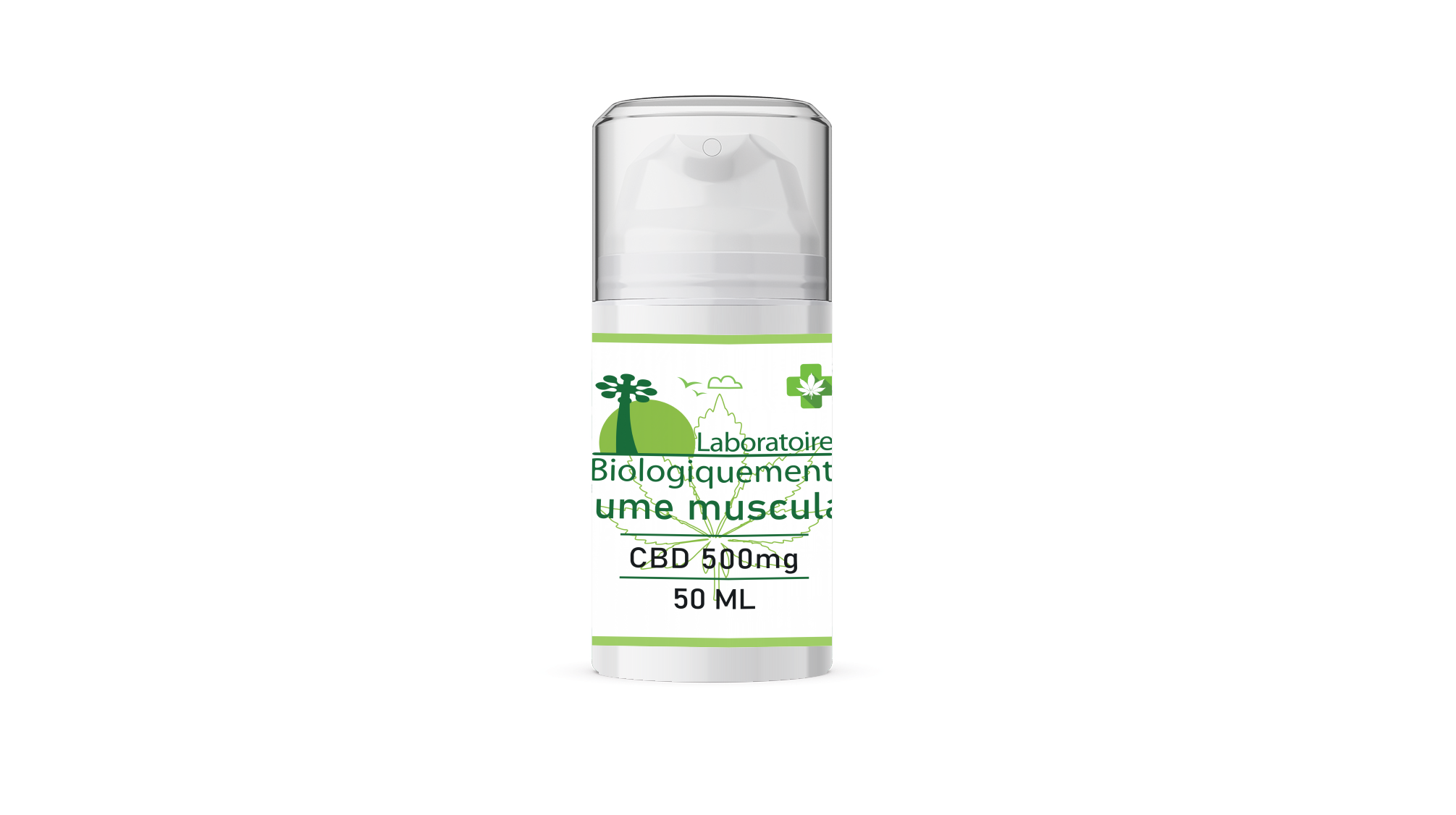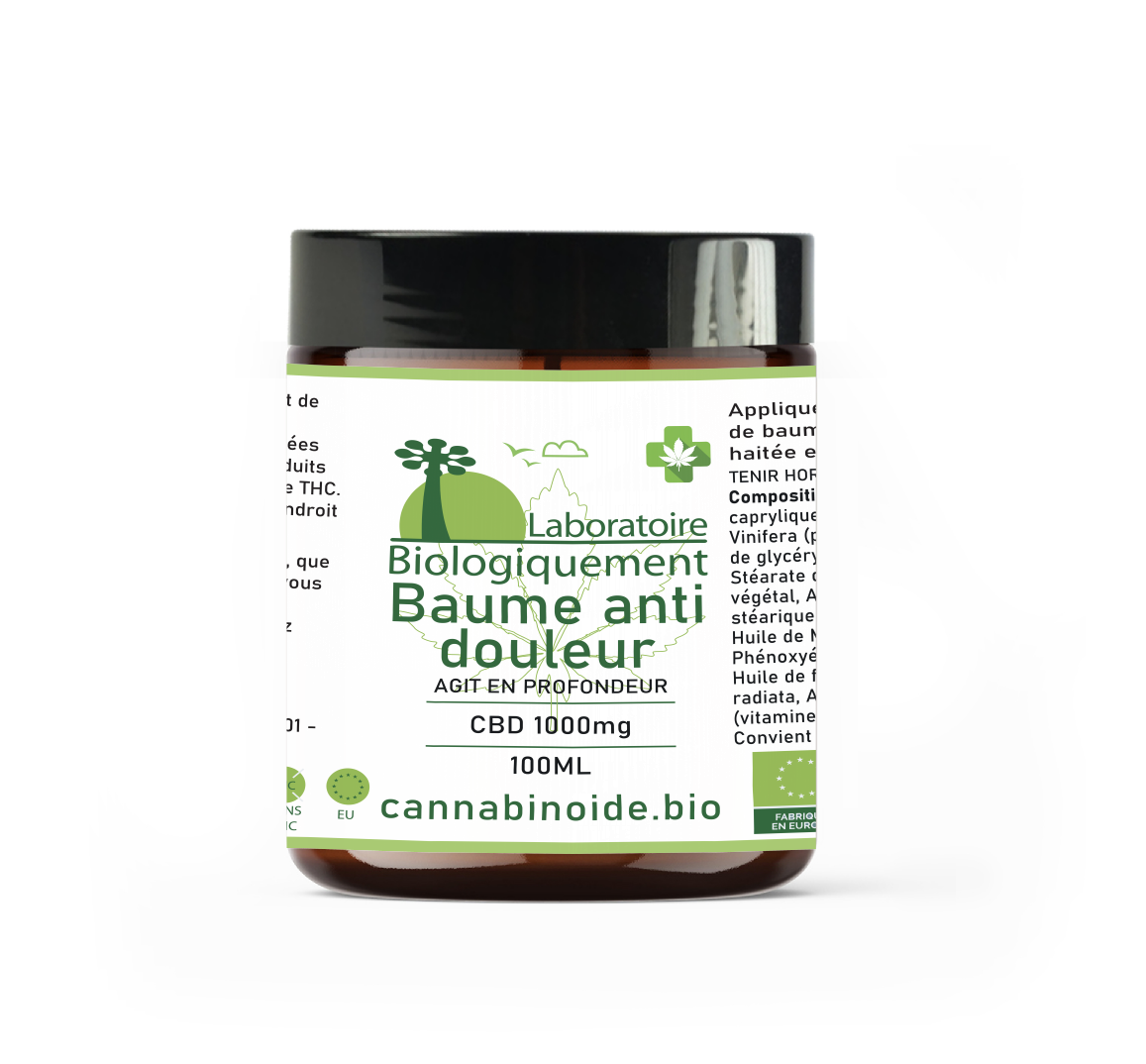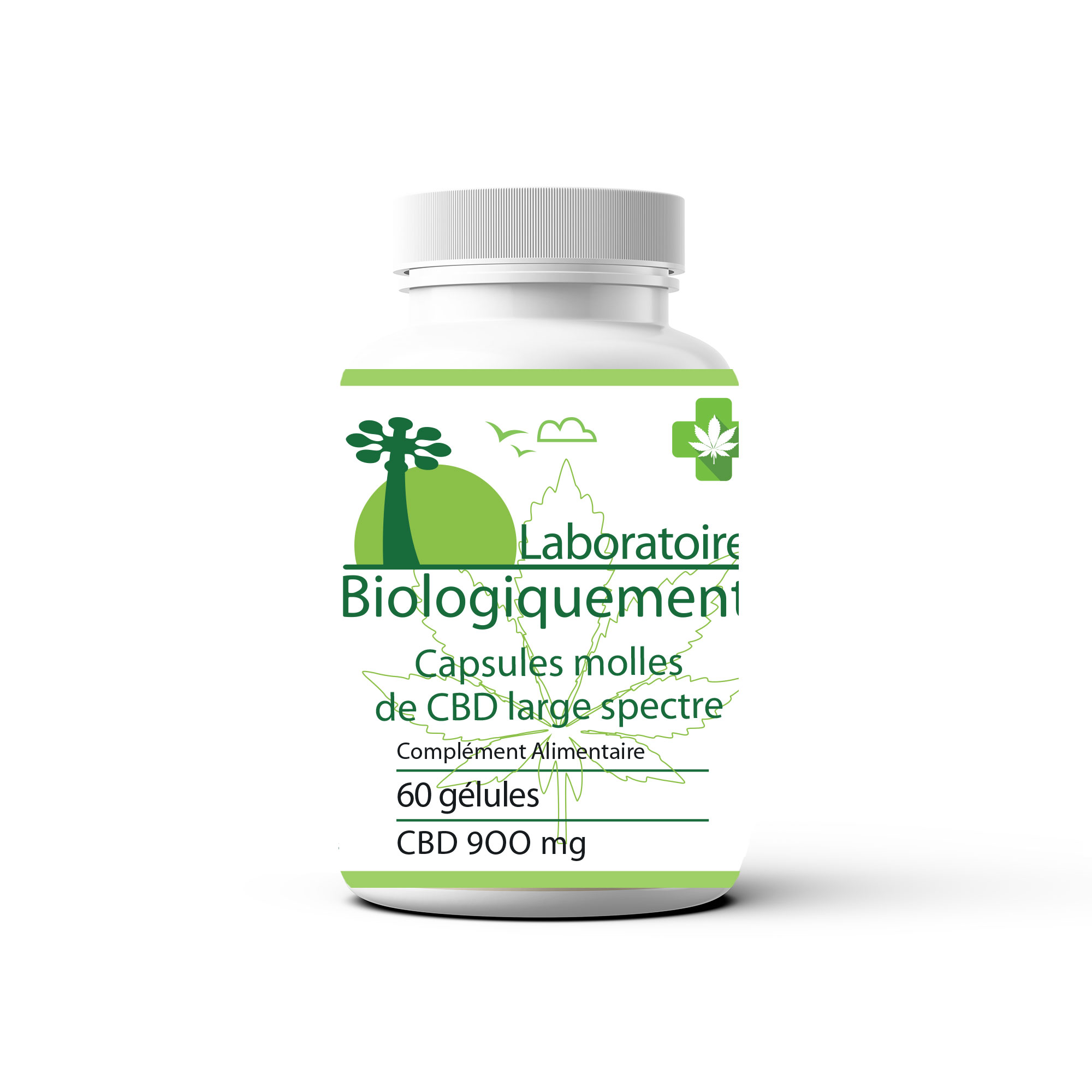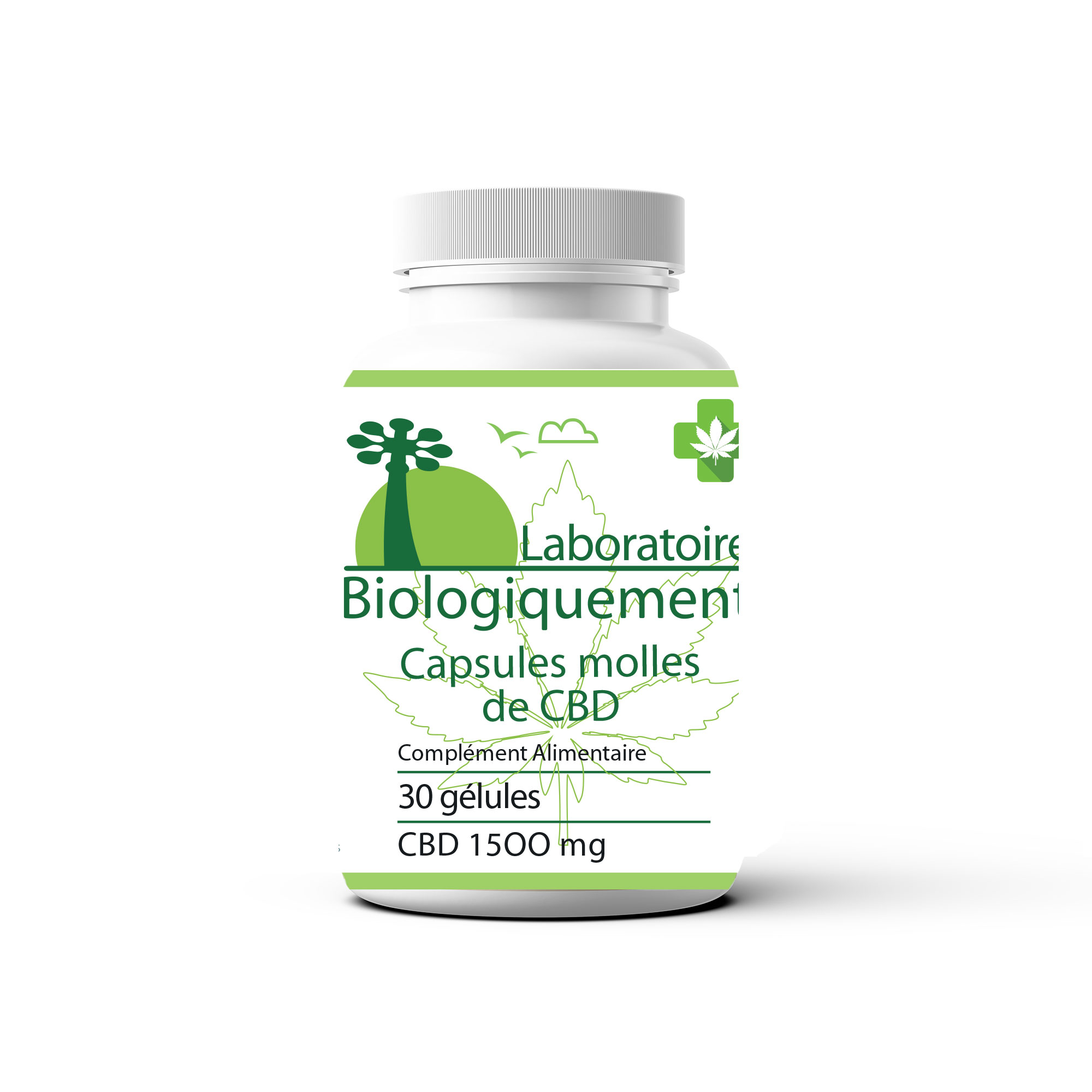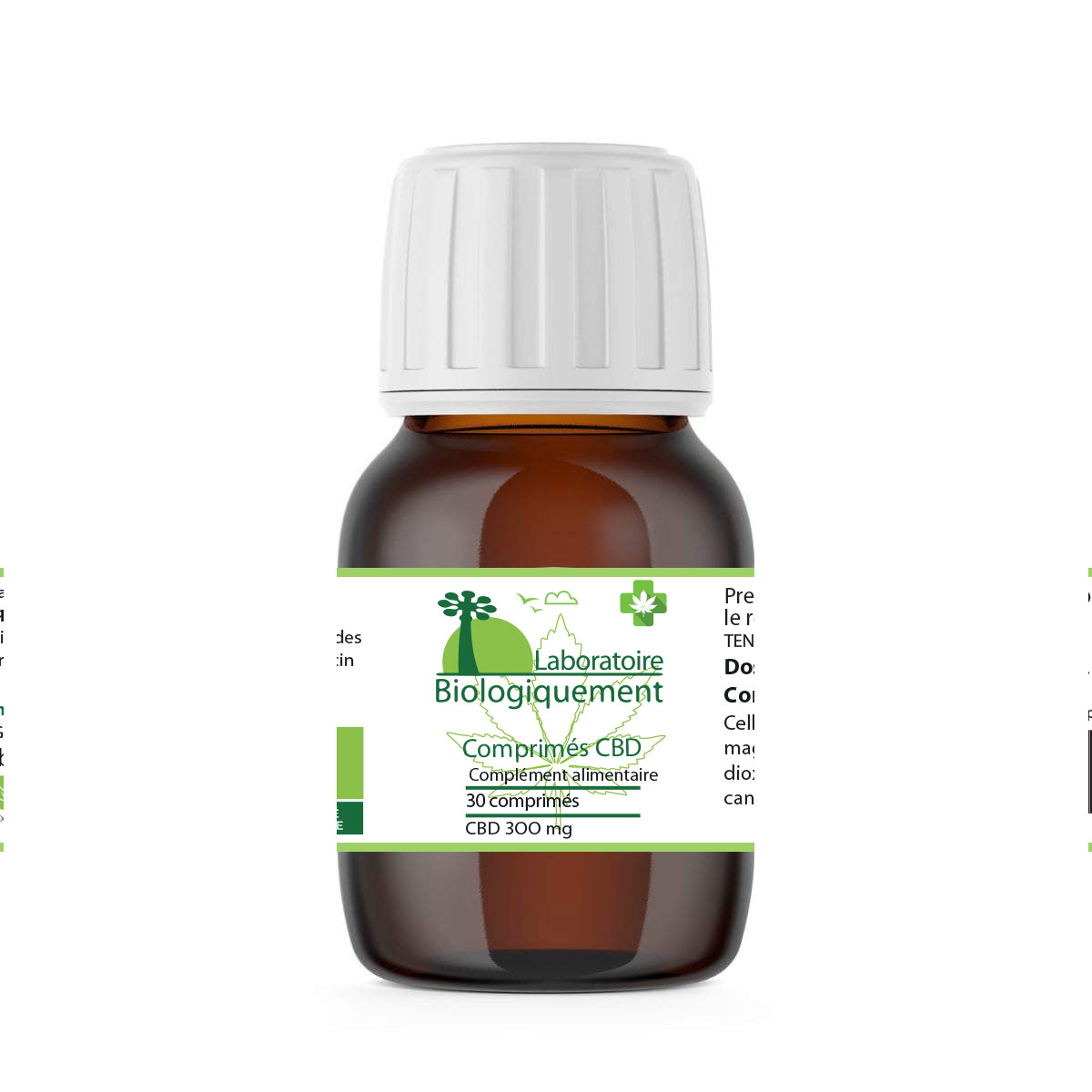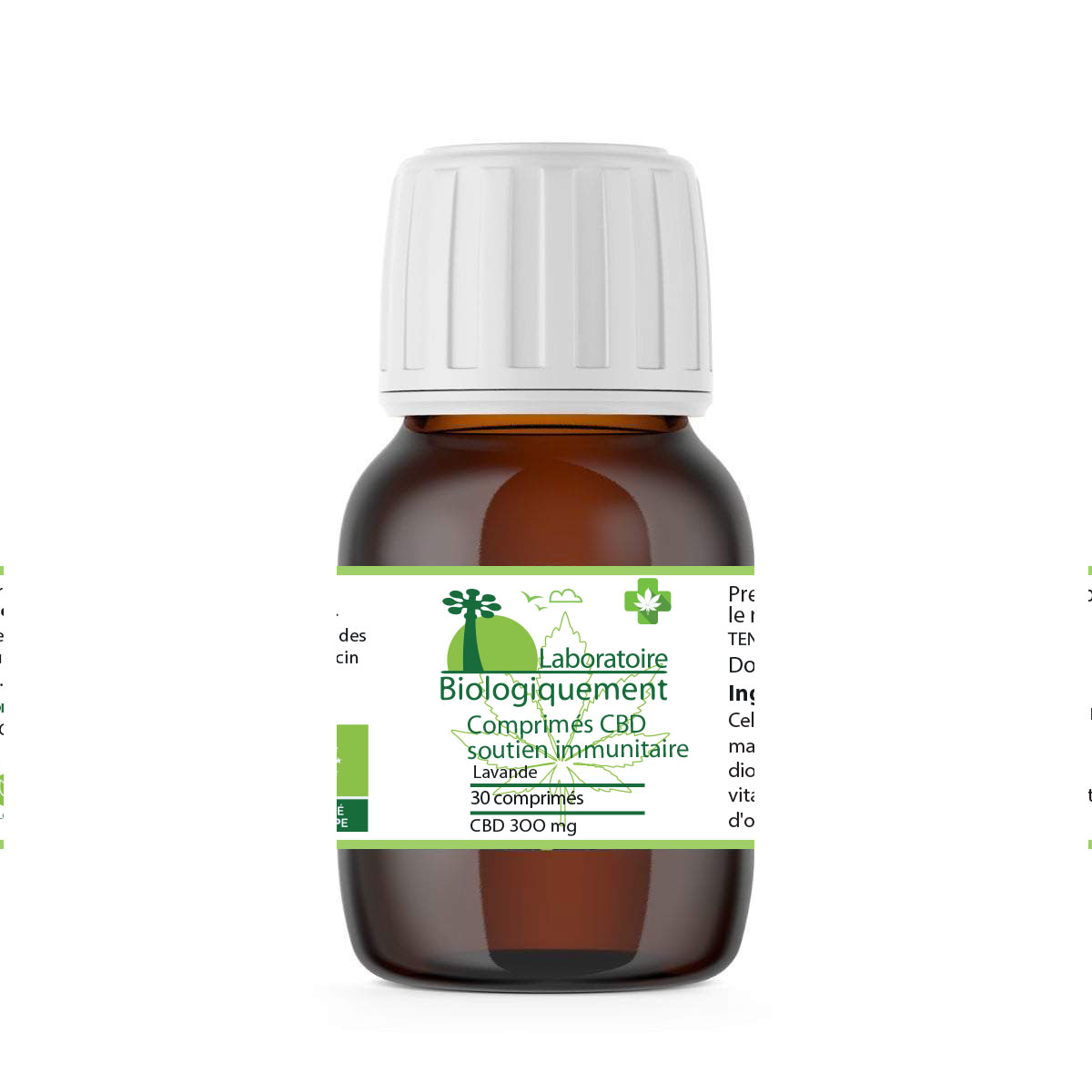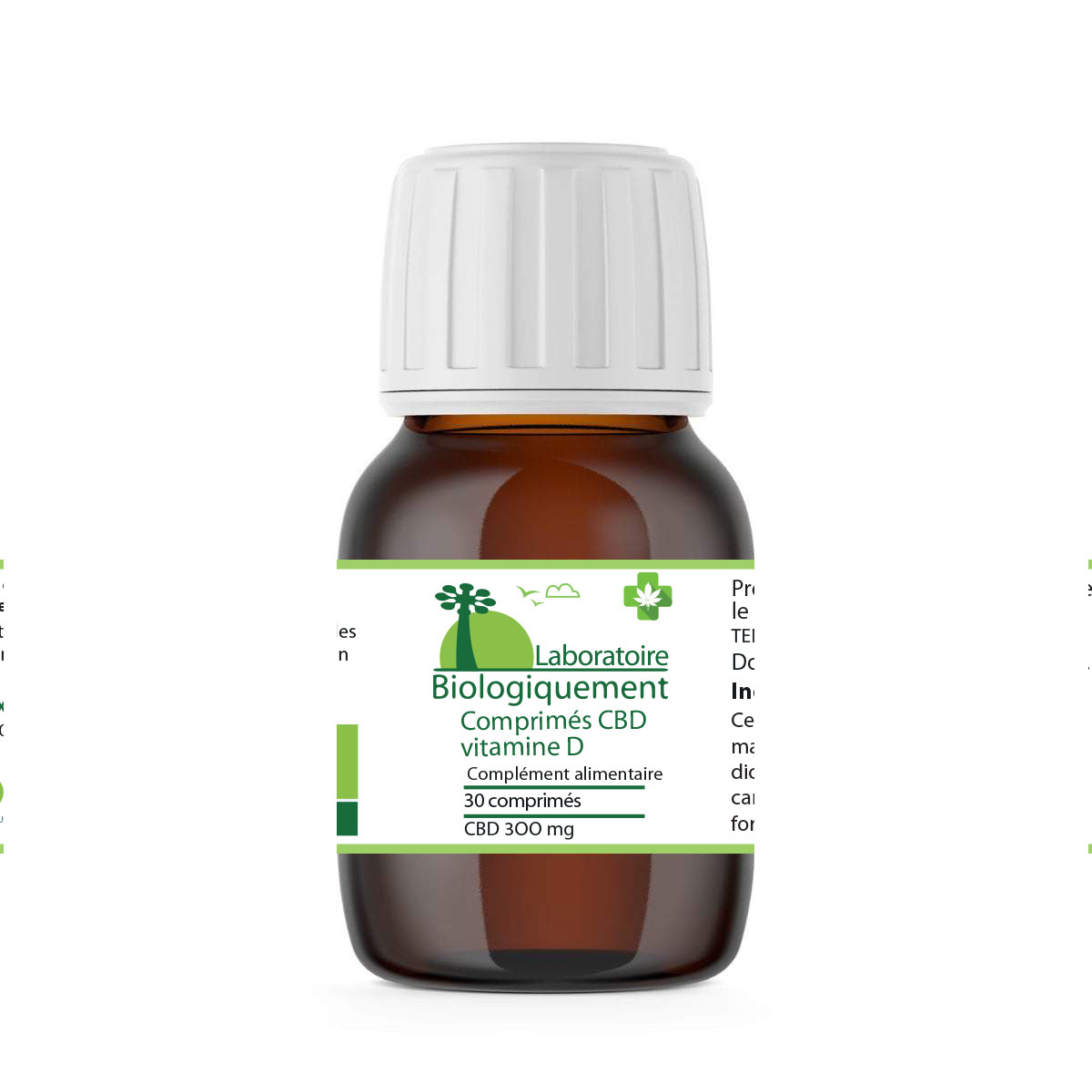These little Tibetan Goji berries are plumper than the Chinese ones, and they taste much better to me.
I have been feasting on them for a week now, and losing about half a pound a day! The taste is a little hard to describe. It’s not quite as sweet as a raisin and not as tart as a dried cranberry. They are pleasing to most people.
In Tibet and Mongolia, people love these berries so much that they devote two weeks a year to celebrating the berries, probably something like wine fests in Europe in past times. The most commonly cited side effect of eating too many berries is that they might cause you to laugh more. It is said that a handful in the morning will make you happy all day.
What are Goji benefits?
They are a very rich source of vitamin C, having 500 times more vitamin C per ounce than oranges, actually more almost any fruit you could name. They are also a superb source of vitamin A, not surprising because they are a really pretty red color. Goji berries also have vitamins B1, B2, B6, and E; they are becoming a famous antioxidant. They are also a rich source of both selenium and germanium and have hence been used in a number of clinical trials involving cancer patients. When given to patients undergoing chemotherapy, the berries conferred significant protection for the liver.
In Oriental medicine, they are said to correct chi deficiency, meaning that people with low energy, insomnia, heart palpitations, and even anxiety are more comfortable after consuming Goji berries.
The therapeutic dosage is 10-30 grams per day, and the berries may be taken at any time and in any form, from liquid to a snack food. The berries have 18 amino acids and 21 trace minerals, linoleic acid, and more beta-carotene than carrots.
In vitro studies suggest that Goji berries kill many kinds of cancer cells. The mechanism whereby this happens is believed to involve some factor that inhibits the ability of the cell to divide, thus lowering its reproductive capacity.
A large study in Japan suggested that tumor growth was inhibited by 58% among the patients eating Goji berries as compared to the control groups.
A study in Mongolia showed that patients eating the Goji berries had a significant increase in lymphocyte activity and that their blood began to resemble that of much younger persons.
Goji Recipes
Goji Drink:
In a big glass of hot or cold water, juice or herb tea add one handful of Goji Berries and let them sit and hydrate for a few minutes or put several handfuls in a pitcher and enjoy all day as you drink your own delicious Goji Berry elixir. Chewing the Gojis as you drink is a wonderful experience and with 500 times more Vitamin C by weight then Oranges, It’s a great pick-me-up between meals and the most delightful way to enjoy a glass of water.
Goji Fruit Smoothie:
For a unique experience in phytonutrient energy that you feel throughout your body as a buoyant lift that fills you with joy and feeds you right down to a cellular level. Blend together equals amounts of Goji Berries, blueberries, cherries, apples, raspberries and blackberries. Put in a blender for a few seconds; add a cup of water, rice milk, or orange juice for easier blending. To add a special touch dust the top of juice with cinnamon or cocoa powder and a light sprinkle of chopped pine nuts and serve.
Goji Trail Mix:
This is also one of our favorites. We mix up our combinations and play with the recipe almost every time we make a new batch. Our young ones like it when we add dark chocolate chips to the blend. We use the Tibetan Goji Berries with pumpkin seeds, sunflower seeds, flax seeds, pecans, small amount of pine nuts, walnut pieces, dried blueberries, apples slices, cherries, peaches, pineapple, and a small amount of coconut shreds.
Cream of Buckwheat with Goji Berries:
For people who struggle with wheat allergies and gluten intolerance, buckwheat is an ideal food. Many people who are having physical and emotional challenges find that removing wheat and other gluten containing foods from their diet makes a profound difference in how they think and feel. Buckwheat has plenty of protein and B vitamins, and is rich in phosphorus, potassium, iron, and calcium. Although buckwheat has many grain-like characteristics, it is from an entirely different botanical family, and is actually a fruit. Since buckwheat is unrelated to the classic cereal grains, those who are allergic to wheat can tolerate buckwheat.
To make a serving for two people: Bring 2 1/2 cups of water to a boil, slowly stir in 1/2 cup of Cream of Buckwheat, return to boil. Add a handful of Goji Berries per person. A dash of good quality salt is optional. Reduce heat to low, simmer 10 minutes stirring frequently
Tibetan Goji & Blueberry-Peach Pie:
A lavish nutty crust surrounds layers of juicy peaches, Goji Berries and blueberries. A perfect nutrient rich treat.
Crust: 1 and 1/4 cup all-purpose flour
2 tablespoons sugar or Stevia liquid extract – 20 drops
1/8 teaspoon of nutmeg
5 tablespoons butter, cut into 1-inch chunks
1 egg, beaten
1/2 teaspoon almond extract
1/2 cup finely chopped pecans Peach layer
3 cups peeled and sliced fresh peaches
2 tablespoons sugar or Stevia liquid extract – 20 drops
1 tablespoon lemon juice
1 teaspoon cornstarch
1 tablespoon butter Blueberry layer
4 cups blueberries
1/4 cup sugar or vegetable glycerin
1 tablespoon cornstarch
1 teaspoon lemon juice
dash ground cinnamon
1 tablespoon butter
Goji Berry layer: 4 cups Goji Berries – presoak twenty minutes in peach juice to soften
1/4 cup sugar or vegetable glycerin
1 tablespoon cornstarch
1 teaspoon lemon juice
dash ground cinnamon
1 tablespoon butter
Preparation:
1.To make the crust, place the flour and sugar or glycerin in a food processor. Process briefly to mix. Drop the chunks of butter into the feed tube with the motor running and process quickly until the mixture is crumbly. Add the egg, almond, and pecans and process until just combined. Do not overmix the crust.
2.Form the dough into a flattened ball and press it into the bottom and sides of a 12-inch tart pan with a removable bottom. Chill the crust for 30 minutes.
3.Preheat oven to 350F.
4.Bake the crust for 15 to 20 minutes, or until slightly brown around the edge. Cool the crust on a wire rack.
5.To make the peach layer, mash the peaches together with the sugar/glycerin, lemon juice, and cornstarch in a medium saucepan and cook over medium heat for 5 minutes, or until the mixture thickens. Add the butter and stir until blended. Cool slightly and pour into the cooled crust.
6.To make the blueberry layer, mash 2 cups of the blueberries with the sugar/ glycerin, cornstarch, lemon juice, and cinnamon and cook in a large saucepan over medium heat for about 10 minutes, or until thickened and translucent. Stir in the butter and the remaining whole blueberries. Cover the peach layer with this blueberry mixture. Leave the tart in the pan and cover tightly with plastic wrap before putting into the pack.
7.To make the Goji Berry layer, mash 2 cups of the presoaked or blanched Goji Berries with the sugar or glycerin, cornstarch, lemon juice, and cinnamon and cook in a large saucepan over medium heat for about 10 minutes, or until thickened and translucent. Stir in the butter and the remaining whole Goji Berries. Cover the blueberry layer with this Goji Berry mixture. Leave the tart in the pan and cover tightly with plastic wrap before putting into the pack. Makes one 12-inch pie!

Un avis consommateur, ou avis client, désigne un élément d’appréciations et commentaires donnés par les acheteurs sur un produit ou un service, que ce soit sur un critère particulier ou la globalité de l’offre. Ces opinions reflètent le niveau de satisfaction de la clientèle.
Vous pouvez consulter les avis clients du site du laboratoire Biologiquement en suivant ce lien : avis biologiquement.shop
C’est la note que nos clients nous donne actuellement. Merci pour votre confiance !

